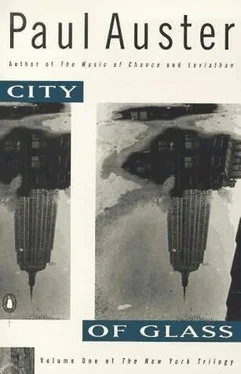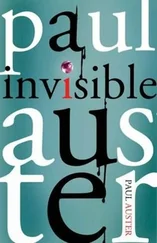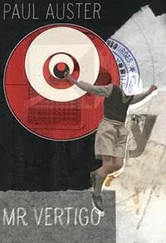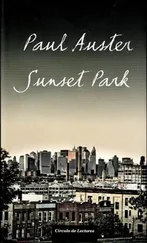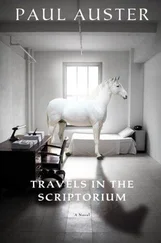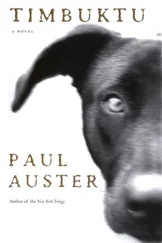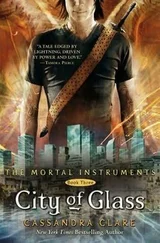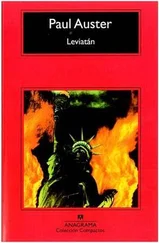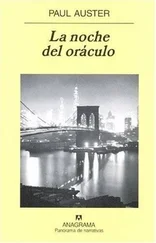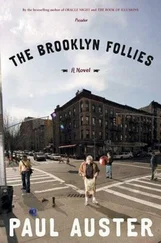Paul Auster - City of Glass
Здесь есть возможность читать онлайн «Paul Auster - City of Glass» весь текст электронной книги совершенно бесплатно (целиком полную версию без сокращений). В некоторых случаях можно слушать аудио, скачать через торрент в формате fb2 и присутствует краткое содержание. Жанр: Современная проза, на английском языке. Описание произведения, (предисловие) а так же отзывы посетителей доступны на портале библиотеки ЛибКат.
- Название:City of Glass
- Автор:
- Жанр:
- Год:неизвестен
- ISBN:нет данных
- Рейтинг книги:5 / 5. Голосов: 1
-
Избранное:Добавить в избранное
- Отзывы:
-
Ваша оценка:
- 100
- 1
- 2
- 3
- 4
- 5
City of Glass: краткое содержание, описание и аннотация
Предлагаем к чтению аннотацию, описание, краткое содержание или предисловие (зависит от того, что написал сам автор книги «City of Glass»). Если вы не нашли необходимую информацию о книге — напишите в комментариях, мы постараемся отыскать её.
City of Glass — читать онлайн бесплатно полную книгу (весь текст) целиком
Ниже представлен текст книги, разбитый по страницам. Система сохранения места последней прочитанной страницы, позволяет с удобством читать онлайн бесплатно книгу «City of Glass», без необходимости каждый раз заново искать на чём Вы остановились. Поставьте закладку, и сможете в любой момент перейти на страницу, на которой закончили чтение.
Интервал:
Закладка:
For no particular reason that he was aware of, Quinn turned to a clean page of the red notebook and sketched a little map of the area Stillman had wandered in.
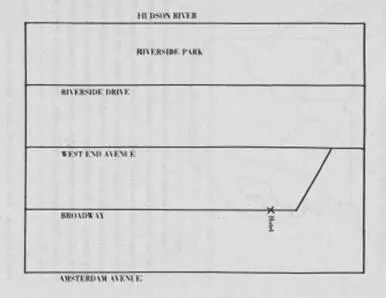
Then, looking carefully through his notes, he began to trace with his pen the movements Stillman had made on a single day-the first day he had kept a full record of the old man's wanderings. The result was as follows:
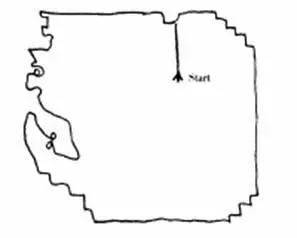
Quinn was struck by the way Stillman had skirted around the edge of the territory, not once venturing into the center. The diagram looked a little like a map of some imaginary state in the Midwest. Except for the eleven blocks up Broadway at the start, and the series of curlicues that represented Stillman's meanderings in Riverside Park, the picture also resembled a rectangle. On the other hand, given the quadrant structure of New York streets, it might also have been a zero or the letter "O."
Quinn went on to the next day and decided to see what would happen. The results were not at all the same.
This picture made Quinn think of a bird, a bird of prey. perhaps, with its wings spread, hovering aloft in the air. A moment later, this reading seemed far-fetched to him. The bird vanished, and in its stead there were only two abstract shapes, linked by the tiny bridge Stillman had formed by walking west on
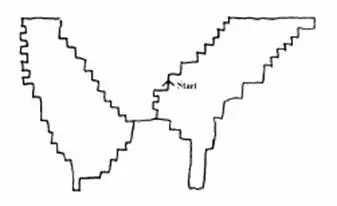
83rd Street. Quinn paused for a moment to ponder what he was doing. Was he scribbling nonsense? Was he feeblemindedly frittering away the evening, or was he trying to find something? Either response, he realized, was unacceptable. If he was simply killing time, why had he chosen such a painstaking way to do it? Was he so muddled that he no longer had the courage to think? On the other hand, if he was not merely diverting himself, what was he actually up to? It seemed to him that he was looking for a sign. He was ransacking the chaos of Stillman's movements for some glimmer of cogency. This implied only one thing: that he continued to disbelieve the arbitrariness of Stillman's actions. He wanted there to be a sense to them, no matter how obscure. This, in itself, was unacceptable. For it meant that Quinn was allowing himself to deny the facts, and this, as he well knew, was the worst thing a detective could do.
Nevertheless, he decided to go on with it. It was not late, not even eleven o'clock yet, and the truth was that it could do no harm. The results of the third map bore no resemblance to the first two.
83rd Street. Quinn paused for a moment to ponder what he was doing. Was he scribbling nonsense? Was he feeblemindedly frittering away the evening, or was he trying to find something? Either response, he realized, was unacceptable. If he was simply killing time, why had he chosen such a painstaking way to do it? Was he so muddled that he no longer had the courage to think? On the other hand, if he was not merely diverting himself, what was he actually up to? It seemed to him that he was looking for a sign. He was ransacking the chaos of Stillman's movements for some glimmer of cogency. This implied only one thing: that he continued to disbelieve the arbitrariness of Stillman's actions. He wanted there to be a sense to them, no matter how obscure. This, in itself, was unacceptable. For it meant that Quinn was allowing himself to deny the facts, and this, as he well knew, was the worst thing a detective could do.
Nevertheless, he decided to go on with it. It was not late, not even eleven o'clock yet, and the truth was that it could do no harm. The results of the third map bore no resemblance to the other two.
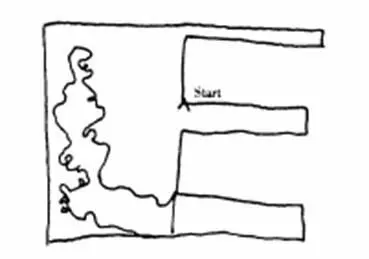
There no longer seemed to be a question about what was happening. If he discounted the squiggles from the park, Quinn felt certain that he was looking at the letter "E." Assuming the first diagram had in fact represented the letter "O," then it seemed legitimate to assume that the bird wings of the second formed the letter "W." Of course, the letters O-W-E spelled a word, but Quinn was not ready to draw any conclusions. He had not begun his inventory until the fifth day of Stillman's travels, and the identities of the first four letters were anyone's guess. He regretted not having started sooner, knowing now that the mystery of those four days was irretrievable. But perhaps he would be able to make up for the past by plunging forward. By coming to the end, perhaps he could intuit the beginning.
The next day's diagram seemed to yield a shape that resembled the letter "R." As with the others, it was complicated by numerous irregularities, approximations, and ornate embellishments in the park. Still clinging to a semblance of objectivity, Quinn tried to look at it as if he had not been anticipating a letter of the alphabet. He had to admit that nothing was sure: it could well have been meaningless. Perhaps he was looking for pictures in the clouds, as he had done as a small boy. And yet, the coincidence was too striking. If one map had resembled a letter, perhaps even two, he might have dismissed it as a quirk of chance. But four in a row was stretching it too far.
The next day gave him a lopsided "O," a doughnut crushed on one side with three or four jagged lines sticking out the other. Then came a tidy "F," with the customary rococo swirls to the side. After that there was a "B" that looked like two boxes haphazardly placed on top of one another, with packing excelsior brimming over the edges. Next there was a tottering "A" that somewhat resembled a ladder, with graded steps on each side. And finally there was a second "B": precariously tilted on a perverse single point, like an upside-down pyramid.
Quinn then copied out the letters in order: OWEROFBAB. After fiddling with them for a quarter of an hour, switching them around, pulling them apart, rearranging the sequence, he returned to the original order and wrote them out in the following.manner: OWER OF BAB. The solution seemed so grotesque that his nerve almost failed him. Making all due allowances for the fact that he had missed the first four days and that Stillman had not yet finished, the answer seemed inescapable: THE TOWER OF BABEL.
Quinn's thoughts momentarily flew off to the concluding pages of A. Gordon Pym and to the discovery of the strange hieroglyphs on the inner wall of the chasm-letters inscribed into the earth itself, as though they were trying to say something that could no longer be understood. But on second thought this did not seem apt. For Stillman had not left his message anywhere. True, he had created the letters by the movement of his steps, but they had not been written down. It was like drawing a picture in the air with your finger. The image vanishes as you are making it. There is no result, no trace to mark what you have done.
And yet, the pictures did exist-not in the streets where they had been drawn, but in Quinn's red notebook. He wondered if Stillman had sat down each night in his room and plotted his course for the following day or whether he had improvised as he had gone along. It was impossible to know. He also wondered what purpose this writing served in Stillman's mind. Was it merely some sort of note to himself, or was it intended as a message to others? At the very least, Quinn concluded, it meant that Stillman had not forgotten Henry Dark.
Quinn did not want to panic. In an effort to restrain himself, he tried to imagine things in the worst possible light. By seeing the worst, perhaps it would not be as bad as he thought. He broke it down as follows. First: Stillman was indeed plotting something against Peter. Response: that had been the premise in any case. Second: Stillman had known he would be followed, had known his movements would be recorded, had known his message would be deciphered. Response: that did not change the essential, factthat Peter had to be protected. Third: Stillman was far more dangerous than previously imagined. Response: that did not mean he could get away with it.
Читать дальшеИнтервал:
Закладка:
Похожие книги на «City of Glass»
Представляем Вашему вниманию похожие книги на «City of Glass» списком для выбора. Мы отобрали схожую по названию и смыслу литературу в надежде предоставить читателям больше вариантов отыскать новые, интересные, ещё непрочитанные произведения.
Обсуждение, отзывы о книге «City of Glass» и просто собственные мнения читателей. Оставьте ваши комментарии, напишите, что Вы думаете о произведении, его смысле или главных героях. Укажите что конкретно понравилось, а что нет, и почему Вы так считаете.
